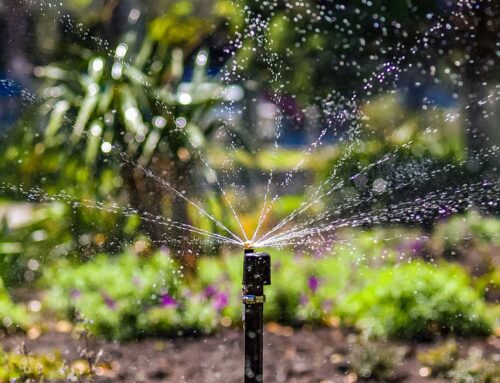The overseeding process begins mid to late September, with preparation of your lawn for seeding in October or November. Here are some tips on saving water while reseeding.
1) Begin Reducing Watering of Bermuda Grass
- reduce the amount of irrigation applied to the turf
- reduce water to the point the turf is stressed but not turning brown
- do not eliminate irrigation
2) Begin by Reducing the Mowing Height
- reduce heights ¼ to ½ inch weekly
- remove grass clippings
- desired final height of ½ inch
3) The Height Should Not Be Lowered Below ½ Inch
- lower heights are not necessary for germination
- lower heights will affect the ability of Bermuda grass to re-establish in the spring
- lower heights will also cause wear or damage to mowing equipment
4) Schedule Seeding After October 15
- this is the date the average night time temperatures drop below 60 degrees
- Bermuda growth slows significantly due to temperature
- seeding before this will result in rapid re-growth of Bermuda grass
- areas with heavy re-growth will become unsightly in December when Bermuda grass goes dormant
5) Apply Seed
- use ryegrass seed, one pound per 50-100 square feet
- best done by using multiple passes in a crisscross pattern
6) Increase Irrigation
- seed must be kept moist, run off should be avoided so seed remains in place and water is not wasted
- short cycles at regular intervals (every 2 hours during daylight)
- maintain this schedule until the first mowing (approximately 2-3 weeks)
Be sure that, once you mow your lawn, to return your water schedule to the established turf schedule. If you would like more information, check out some of the following links:
Better yet, use a rebate to help switch to a desert landscape to help conserve water! To find out who your water agency is, or the rebates that your water agency offers, visit CV Water Counts Water Map.







